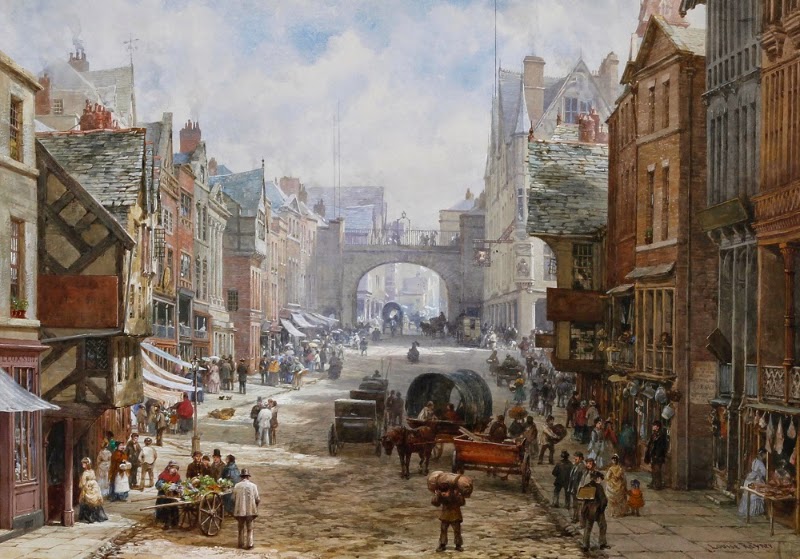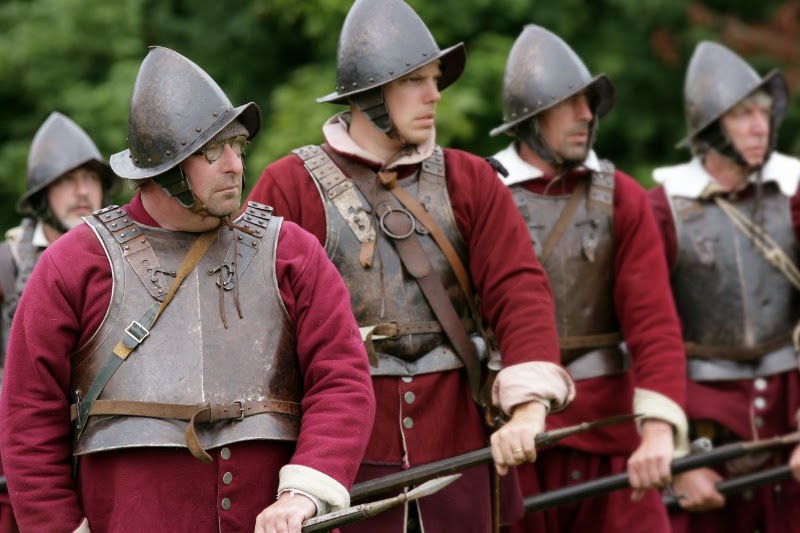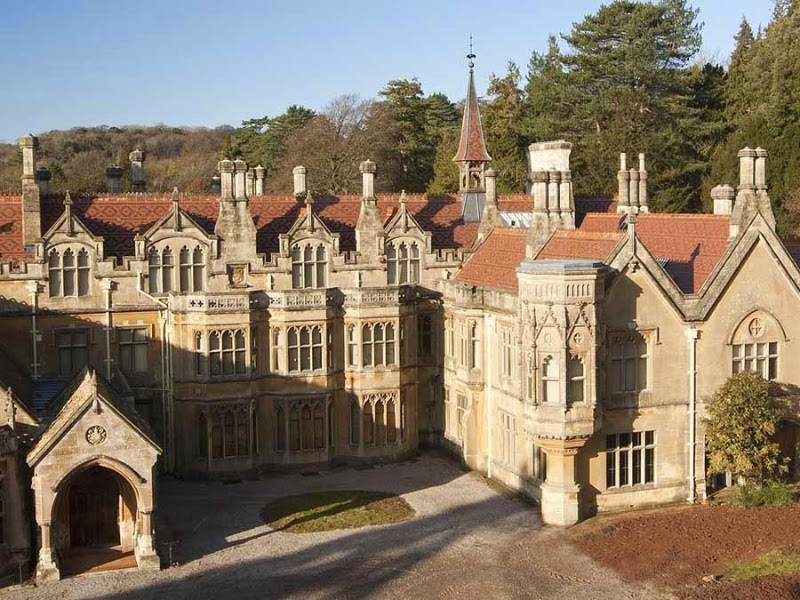Bags and Abuses of National Trust – Florence Hallett reports:
Our recent report on St Bride’s, Fleet Street, highlighted the way that the Heritage Lottery Fund favours boosting visitor numbers over preserving architectural treasures.
Indeed the Heritage Lottery Fund, which is advised by historic buildings experts at English Heritage (now Historic England), is quite candid about its commitment to swelling visitor numbers by engaging new audiences, an aim that apparently trumps any interest it might have in preserving historic fabric.
Key to securing new audiences, it seems, is the provision of facilities designed to maximise the entertainment value of the visitor experience. If this all sounds a bit Disney, it is worth noting that less than a year ago, in an interview for the Guardian, chief executive Simon Thurley told Will Self that English Heritage was in the business of providing “entertainment” and a “holiday experience”. In 2011, ArtWatch UK reported on Thurley’s enthusiastic response to a highly speculative reconstruction at Stirling Castle.
While Historic England and the HLF are in a position to exert unparalleled influence on the treatment of historic buildings, the hijacking of cultural and historical assets as lucrative entertainments is a practice that extends beyond their sweep. In Chester, a city replete with history, plans to add folding iron gates to the Eastgate, a structure that according to Chester Archaeological Society was “specifically designed not to have gates” have been proposed exclusively because of their potential appeal for tourists. The opening and closing of these bogus gates each day by Roman and Commonwealth soldiers is, we are told, intended to provide a “tourist spectacular”, predicted (surely optimistically) to bring “millions” to the city (on which more to follow).

Chester’s Eastgate St, looking towards the Eastgate. Louise Rayner, 1924, watercolour

Pretendy Roman soldiers for Chesterfield next?

More Pretendy Soldiers for Chesterfield, some with not-pretendy glasses
Such fatuous interventions are not just confined to the built environment, and art dealer Bendor Grosvenor has recently locked horns with the National Trust, whose Director General, Dame Helen Ghosh told the Daily Mail that there were plans to simplify the exhibits at some properties, saying: “We make people work fantastically hard – we could make them work much less hard.” Writing on his blog arthistorynews.com, Grosvenor revealed that in a seemingly contradictory step, beanbags have been introduced at Ickworth Hall, Suffolk, so that visitors can better enjoy the paintings in the library.
While Bendor Grosvenor is right to be appalled by the Trust’s activities, he should not be surprised. Of all the cultural organisations in this country, the National Trust has been an enthusiastic pioneer of interventions that patronise visitors on grounds of inclusivity, and in 2011 ArtWatch UK expressed concern about the relaxed attitude taken by its (then) chairman, Sir Simon Jenkins, to interpreting the past. The present NT chairman is Tim Parker, a former Treasury economist – and a serial CEO. He is presently also chairman of Samsonite.
There are countless examples of the National Trust treating the past as a narrative to be bowdlerised in order to enhance the visitor experience. Its stage-management of the past extends to having a Visitor Experience Director, quoted as saying: “If you charge for the feelings customers have because of engaging you, then you are in the experience business” , a phrase, bizarrely, that manages to be meaningless and alarming in equal measure. In the interests of creating a “more immersive visitor experience” audio installations, produced by a company called Blackbox-AV, have been introduced in a number of Trust properties, with the sound of a dog barking at Little Moreton Hall, Cheshire, elucidating the idea that: “actual people once lived in this amazing building”. No less ludicrous is the bogus “soundscape” in a drawing room at Tyntesfield House, Somerset, where snippets of conversations and the chink of glasses “recreate the atmosphere of some good old fashioned get-togethers”.

Tyntesfield House
While such interventions make persuasive claims for accessibility based on soaring visitor numbers, they actually implant quite a different set of assumptions, cultivating the toxic idea that art and culture are beyond the grasp of most people, unless heavily mediated. Visitors cannot be allowed to look and draw their own conclusions, deciding if and when they wish to read more or research something further, but must be drip-fed carefully selected tidbits of easily-digested, if phoney, information.
The National Trust’s now well-advanced mission to baby the nation serves to crystallise how worrying a trend this is overall. Attempts to dismantle historic interiors suggest, at the very least, a misdirected embarrassment about the startling inequalities that have existed in this country, and at worst, an attempt to misconstrue the past driven by a paternalistic, class-obsessed ideology. More broadly, the insistence that historic buildings and works of art need endless simplistic and historically suspect interpretation not only threatens their individual integrity; by denying them the right to speak for themselves, cultural objects are easily marginalised as irrelevant and elitist which in an era of financial crisis, is nothing short of a death sentence.
FLORENCE HALLETT (florence_hallett@yahoo.co.uk; @FlorenceHallett), 13 April 2015.


Leave a Reply